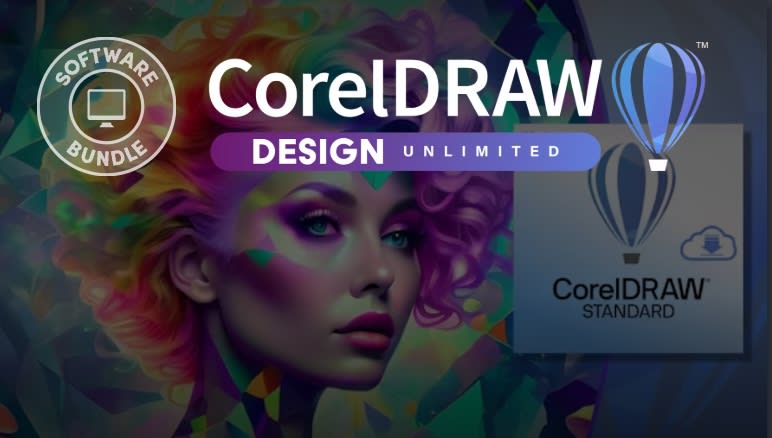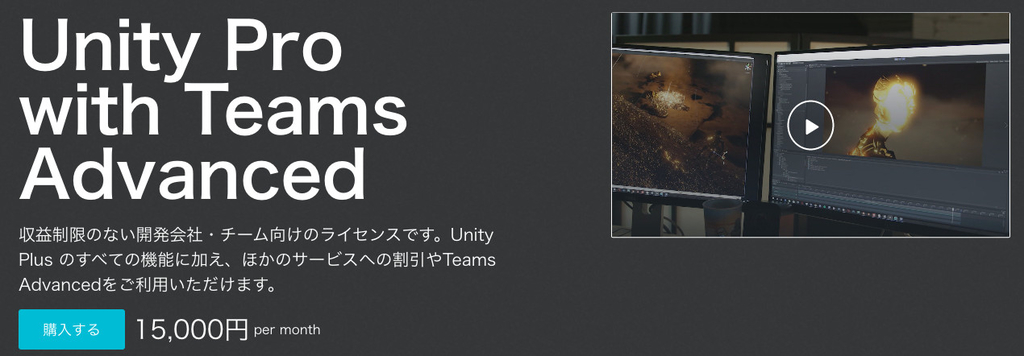
A lightweight and customizable inventory system for Unity, perfect for survival and RPG games. Quick integration, flexibility and a ready-made solution for your project!FlexGrid Inventory is a powerful inventory system solution for Unity that is perfect for developers of all genres, be it survival, RPG or any other. This tool provides all the necessary features to create a graphical and immersive gameplay experience, providing flexibility and scalability.With its extensive customization options, FlexGrid Inventory is easily adapted to any of your requirements, allowing you to create unique interfaces and mechanical inventories. Easy to use and use, this tool saves time and effort, providing you with a fully configured inventory system ready to implement in your project.With FlexGrid Inventory, your project will receive a level of quality and sophistication that will attract players, and you will be able to trust in the reliability and functionality of your inventory system. Don't miss the chance to improve your game with this advanced tool!Hotkeys:The W key adds a random item to the inventory.The Q key activates the inventory sorting function, using a special tool for organizing.The F key allows you to show an image of the selected item, activating the corresponding visualization.Mouse controls:Left click (single) - starts the process of dragging the item if the cursor is on it.Left click (double) - attempts to equip the item, automatically determining the appropriate slot for it.Left click (press and move) - turns on the drag mode, and the item begins to follow the cursor.Left click (release) - ends the drag process, fixing the item in a new slot, if possible.Item interaction mechanics:Item pickup: When the user left-clicks on an item, it is picked up and becomes selected. If the item is already in the hand, it can be placed in a new slot.Item dragging: If the cursor moves a sufficient distance, a visual indicator of the dragged object is created, while the item itself becomes transparent, but remains in the inventory.Item placement: If the slot is free, the item is placed in it. If the slot is occupied, the possibility of exchanging with the item already there is checked. If the exchange is not possible, the item is returned to its original position.Item equipping: When double-clicking, the system tries to find a suitable slot for the item. If the slot is occupied, an exchange is attempted.Slot highlighting: When an item is moved near the cursor, the slot highlighting is activated, signaling the user about available or unavailable positions for placing or equipping.Thus, the inventory supports a flexible system of interaction with objects, which provides various ways of their selection, placement and equipment, as well as convenient visual cues for the user.I utilized AI in my project to generate images for the icons and the background of the test interface. Specifically, I used Adobe Firefly to create these assets. All sound is created in neural networks.







